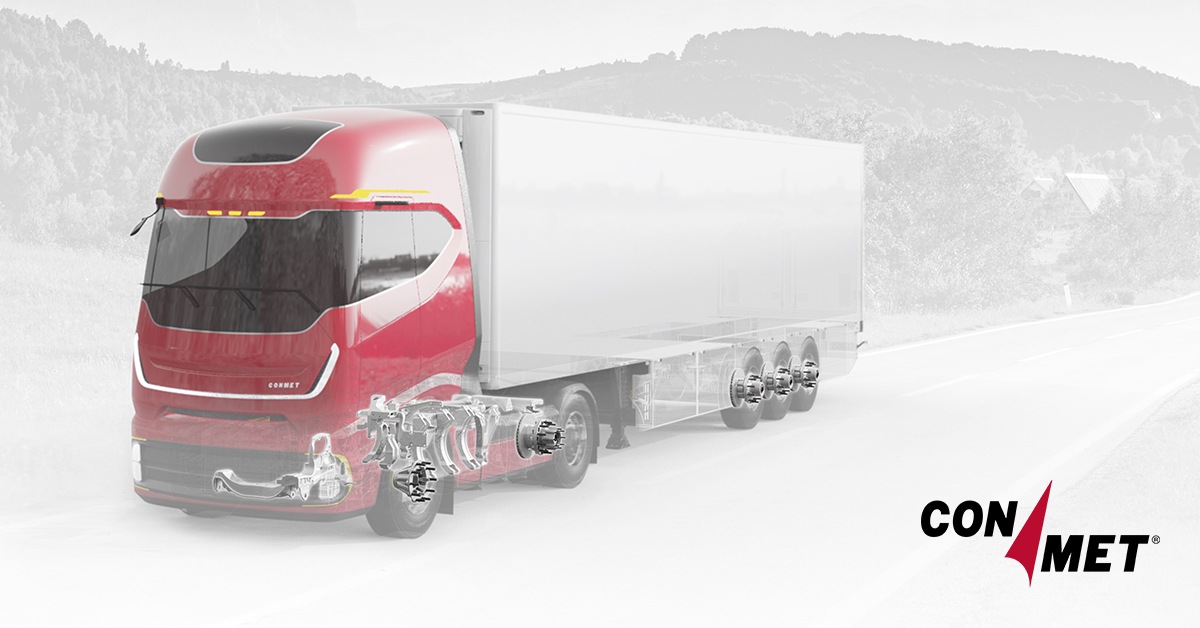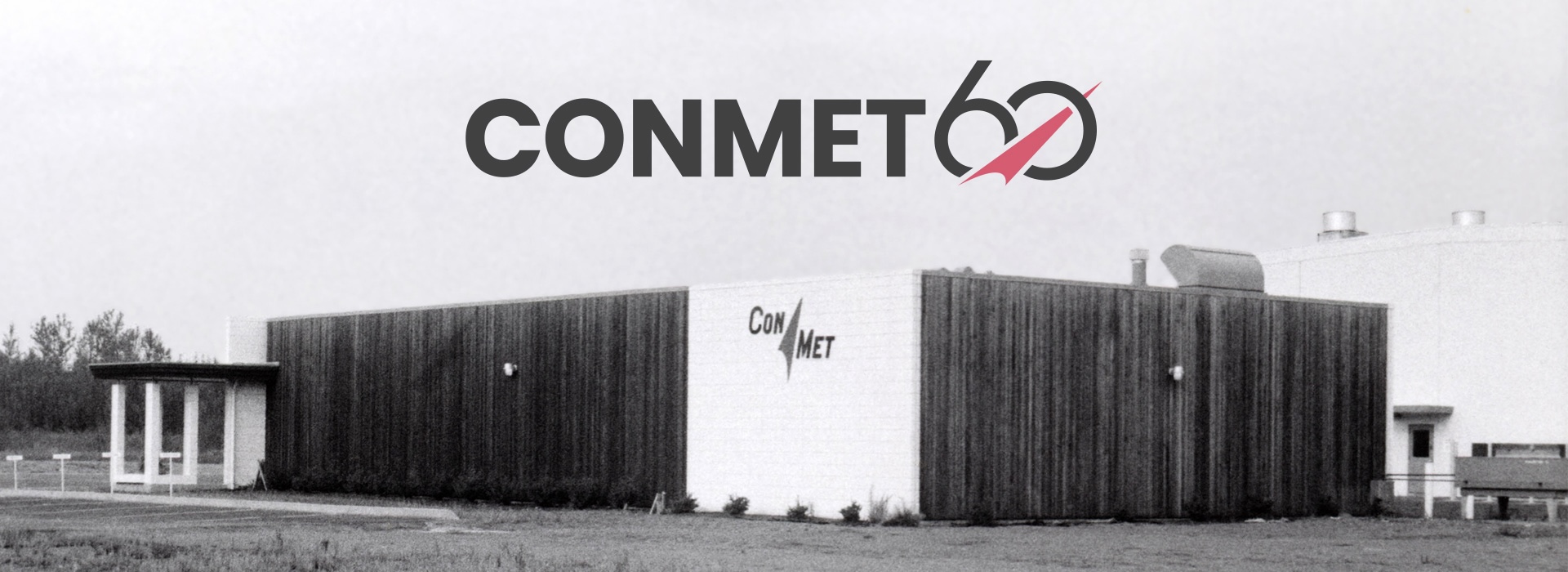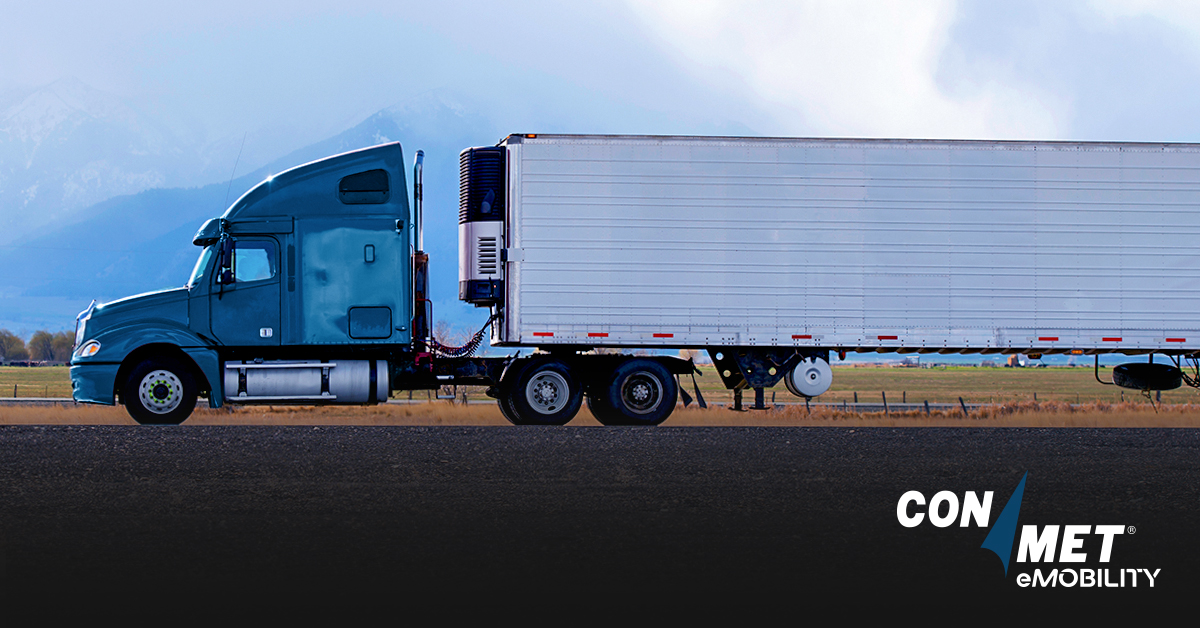March 2023 – Today’s global commercial vehicle industry is facing many challenges, from supply chain uncertainties to accelerating climate change. Thanks to the resilience and innovation prevalent in this industry, creative solutions are being implemented to counter these challenges and ensure goods continue to reach their destination without interruption.
The drawback, however, is that these solutions tend to require the addition of new parts or systems, which adds unwanted weight to the vehicle. Increased vehicle weight causes decreased payload and lower vehicle efficiency, which has led the industry to put a renewed focus on light-weighting.
The Challenges
The need to dramatically reduce carbon emissions is one of the most widely known issues in the industry. Legislators in the EU are working hard to combat climate change through bold emissions reduction targets. The EU aims to create a “climate-neutral” economy by 2050, and the plan set forth by the European Commission includes embracing “clean, safe, and connected mobility.” This has, of course, led to the accelerated adoption of alternative drivetrains – most notably hydrogen fuel cell electric vehicles and battery electric vehicles. According to a 2020 study of different powertrain solutions for freight transportation, hydrogen fuel cell vehicles are typically 1-2% heavier than internal combustion engine vehicles, while battery electric vehicles can be up to 10-30% heavier due to the high weight of batteries. If the industry doesn’t find ways to offset this added weight, it will inevitably lose valuable payload.
While most of the global climate change discussion centers around carbon emissions, other emissions concerns also need to be addressed. Nitrogen oxides (NOx) and particulate matter (PM) are byproducts of diesel engines that contribute significantly to air pollution. EU legislation on NOx and PM emissions have been tightening every 3-5 years since the 1990s. With Euro VI regulations in full force, diesel vehicles rely heavily on exhaust after-treatment technologies, which requires a system that can add significant weight to the vehicle.
Another challenge looming over the global commercial vehicle industry is an ongoing driver shortage. According to an IRU survey, a widening age gap among drivers has contributed to the shortage, which is expected to continue through 2022. This tight labor market is compounded by an ever-growing demand for logistics. Commercial vehicle fleets are doing all they can to attract new drivers, including wage increases, better working conditions, and incentives. At the same time, European legislators are moving toward increasing regulations for the health and safety of truck drivers. Between incentives for new talent and growing legislative protection for laborers, truck OEMs are developing larger, more comfortable cabs – which, of course, create a heavier vehicle.
The Solution
It would be unreasonable to cast aside these modernizations for the sake of weight. Innovations like alternative powertrains are revolutionizing commercial vehicles, while other improvements have been steadily moving the industry forward for decades. But at the end of the day, vehicles need to be designed to be as efficient as possible and maximize their revenue-bearing load capacity. It, therefore, makes sense to offset the weight gain in other areas of the vehicle.
Light-weighting is the practice of sourcing lighter truck and trailer components without sacrificing performance or durability. Lightweight parts allow for more payload and better fuel consumption. They also bring benefits throughout the supply chain – easier handling, cheaper shipping costs, and simpler assembly, to name a few. Lightweight components are also critical to enabling future innovations, such as long-range electric drivetrains.
Since 1964, global OEMs have turned to ConMet for transformative technologies that help improve performance, optimize fuel efficiency, and maximize load capacity of commercial vehicles. ConMet’s solutions are engineered, thoroughly tested, validated, manufactured, serviced in the aftermarket, and then continually improved.
ConMet Europe offers a large variety of wheel end solutions for trucks and trailers in weight-optimized iron and aluminum, as well as lightweight aluminum chassis components and housing solutions. ConMet customers achieve weight savings of up to 100kg on wheel ends and 200kg on chassis components when replacing ferrous solutions. This translates to increased load capacity, resulting in lower costs, higher revenue, and less environmental impact.
To learn more about the benefits of light-weighting or to get in touch with a ConMet representative, visit Europe.conmet.com.
VANCOUVER, WA | by Mike Harman, VP International Sales


